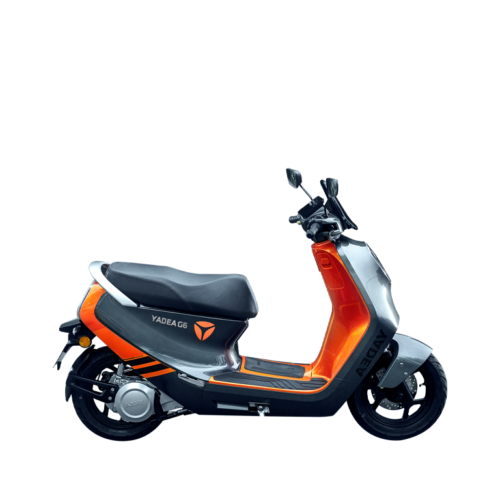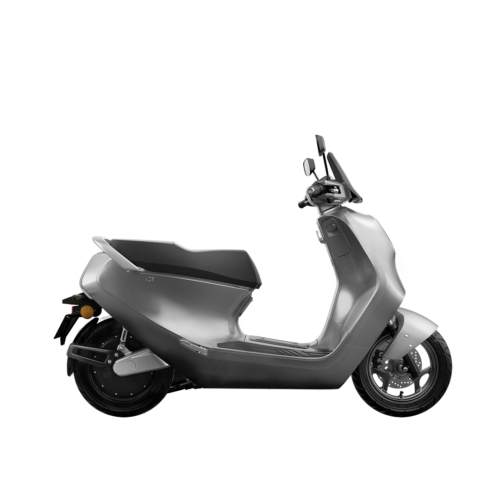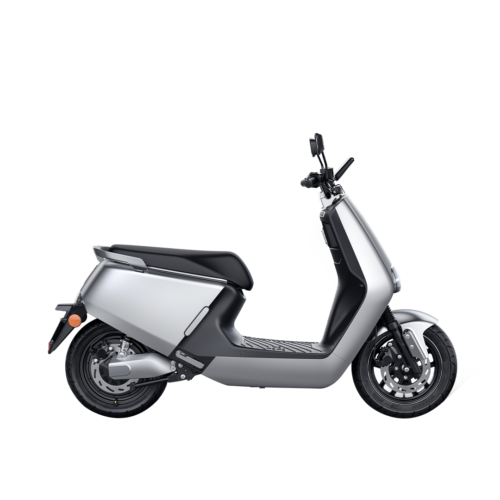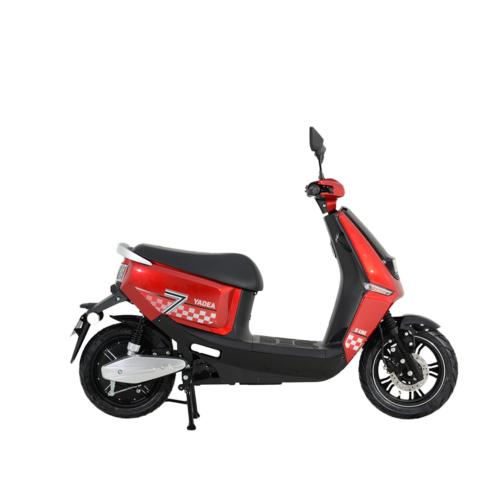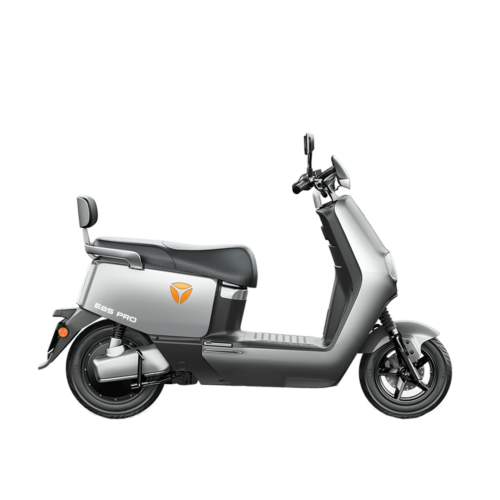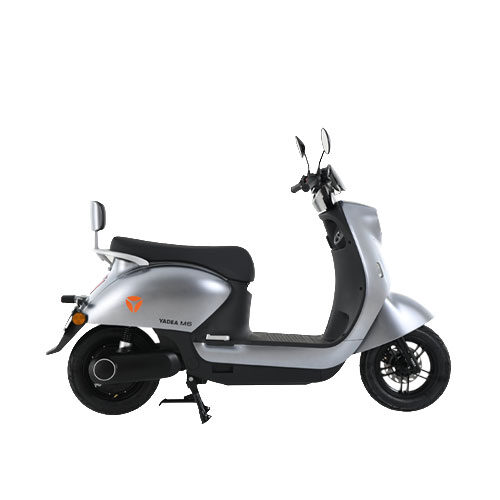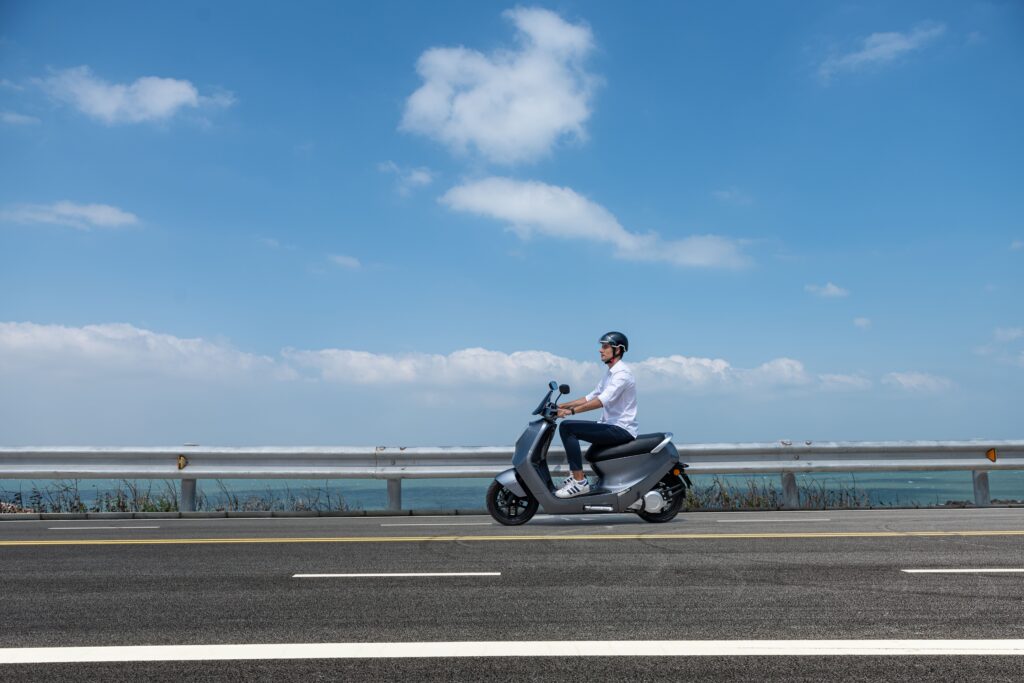Electric scooters run on rechargeable batteries. Graphene battery for electric scooters is the new revolution in terms of electric vehicles. These batteries are expensive in comparison to other batteries but they are sure to bring about a huge change in the e-scooter market industry.
Electric-run scooters can usually travel up to 70 kilometers on a single charge making them suitable for daily commute. Many electric scooters usually run on lithium-ion batteries. Lithium-ion batteries are inexpensive and are widely used in electric scooters for their reasonable cost, the balance of energy density, power output, and weight.
Graphene batteries on the other hand are highly conductive and have the potential to revolutionize battery technology.
Yadea E8S Pro scooters in Nepal come with a graphene battery and it is one of the first in Nepal.
If you are uncertain about electric scooters powered by graphene batteries, read on to learn more about graphene batteries for electric scooters.
What is a Graphene Battery?
You may be interested to know that graphene batteries possess several unique properties that make them a revolutionary technology in the electric vehicle industry.
A graphene is a 2D form of graphite made up of a flat layer of carbon atoms arranged in a honeycomb lattice. While there are various methods to produce graphene, plasma-enhanced chemical vapor deposition (PE-CVD) is the optimal technique. PE-CVD involves creating a layer of graphene on a copper or nickel plate by heating a gas mixture containing carbon into a plasma and subsequently extracting the graphene.
PE-CVD offers benefits such as lower substrate temperatures, transfer-free growth, and catalyst-free growth. It involves heating a gas mixture containing carbon into a plasma to create a layer of graphene on a copper or nickel plate, which is then extracted.
Graphene batteries have become a very important factor in electric bikes. Its lightweight component has made it convenient for everyone to ride. If you opt for a graphene battery electric bike, know that it will require less energy to move, which can increase both its range and speed.
Advantages of Graphene Battery for Electric Scooters
If you’re considering an electric vehicle, it’s worth looking into the benefits of graphene batteries beyond just their lightweight construction. While these batteries are a relatively new invention, they offer a multitude of advantages that make them an attractive option for the growing EV market.
1. Good Conductors of Electricity
Electric vehicles with graphene batteries have excellent electrical conductivity. Graphene is a two-dimensional substance composed of carbon atoms that enhances electrode density and speeds up the chemical reaction within the battery. This allows you to use an electric scooter with greater transfer and faster charge speeds with less heat.
2. High-Charging Capability
Graphene’s high conductivity allows it to efficiently transmit charged particles, such as electrons, between the anode and cathode of a battery, resulting in a high power output. This feature also enables graphene batteries to charge and discharge faster than ordinary lithium-ion batteries.
3. Cost-effective
Graphene batteries are composed of high-quality materials, which means that they have a longer lifespan compared to traditional lithium-ion batteries. Therefore, you can expect to use them for several years without worrying about replacing them.
4. Environment Friendly
All electric scooters are labeled to be environment-friendly and a more sustainable choice. Graphene battery electric bikes use fewer materials, such as cobalt and nickel, thus reducing the impact on the environment.
Are Graphene Batteries Better Than Lithium-ion Batteries?
The interior structure of lithium-ion batteries and graphene batteries is the same: two conducting plates covered in a porous substance and submerged in an electrolyte solution. However, graphene batteries have special characteristics.
Graphene battery for an electric vehicle is very beneficial as it has higher electrical conductivity allowing for faster charging cells that are able to deliver very high currents as well. Graphene batteries have high heat conductance meaning that the batteries run cooler. With a graphene battery-powered electric scooter, you can enjoy a smoother ride without the concern of overheating, and without the need for frequent stops to allow the scooter to cool off.
With a graphene battery-powered electric scooter, you can experience a lighter and slimmer battery compared to traditional lithium-ion cells. Moreover, graphene batteries have a higher energy density than lithium-ion, storing up to 1,000Wh of energy per kilogram compared to lithium-ions 180Wh per kilogram. This allows for a much longer range, making your electric scooter more practical and convenient for longer journeys.
How Do Graphene Batteries Work?
With two conductive plates coated in a porous material and immersed in an electrolyte solution, a graphene battery works similarly to traditional lithium-ion batteries. However, the key difference is the use of graphene as the material for the anode instead of graphite, which is commonly used in lithium-ion batteries. Graphene’s high conductivity allows for the efficient transfer of charged particles, such as electrons, resulting in higher power output and quicker charging and discharging times. This allows for longer battery life and more reliable performance.
How to Charge Graphene Batteries?
Usually, graphene battery electric scooters can be charged like the usual electric battery. But keep in mind that you clearly read the manufacturer’s instructions to charge the battery.
In general, you can charge a graphene battery e-scooter by plugging it into a standard electrical outlet using the charging cable provided with the scooter. Many e-scooters have a built-in charger, which means you can plug the scooter directly into the wall. Yadea e-scooters also come with removable batteries, which can be charged separately from the scooter itself.
However, know that overcharging a graphene battery can reduce its overall productivity and life span. You should only use a charger that is compatible with your specific e-scooter model to avoid any potential damage to the battery or the scooter itself.
Yadea has developed an overcharging protection mechanism for their e-scooters, which prevents the battery from being overcharged once it has reached its full capacity. This feature helps to extend the lifespan of the battery and prevent any potential safety hazards that may arise from overcharging.
How to Maximize Electric Scooter Battery Life?
The durability of a graphene battery electric bike battery is entirely dependent on how well you maintain it. To maximize the life of your electric scooter’s graphene battery, there are a few things you can do. Make sure you always use a compatible charger for your graphene battery electric vehicle. Avoid using non-certified chargers, as they can damage the battery. It’s also important to avoid overcharging the battery and keep it charged between 20-80%.
In addition, keep the battery away from extreme temperatures like cold temperatures and direct sunlight. Finally, do not keep the scooter with a fully empty battery for a lengthy period of time, this can cause irreversible harm to the battery’s capacity. Follow these suggestions to help extend the life of your graphene battery.
The unique properties and advantages of graphene batteries make them a promising technology for the future of electric scooters. Consider switching to electric scooters with graphene batteries such as Yadea E8S Pro to promote environmentally friendly transportation.

